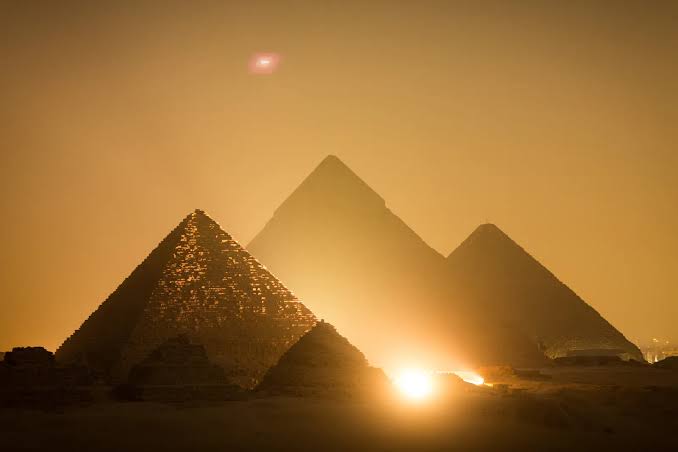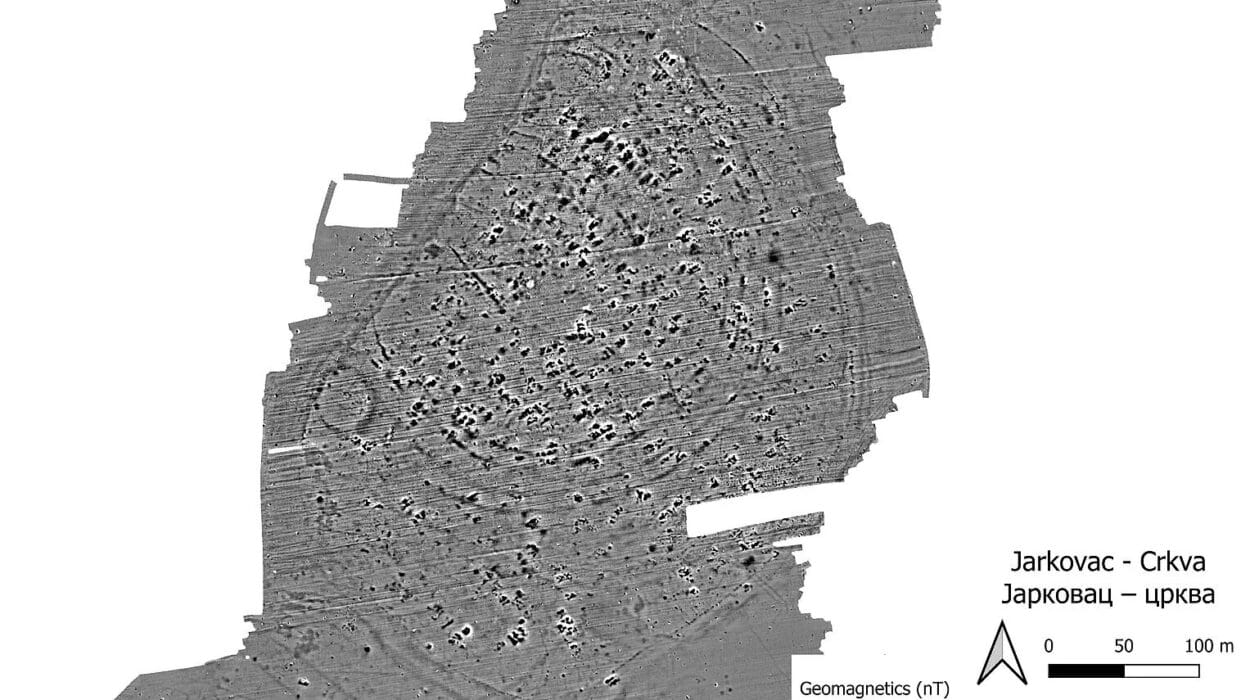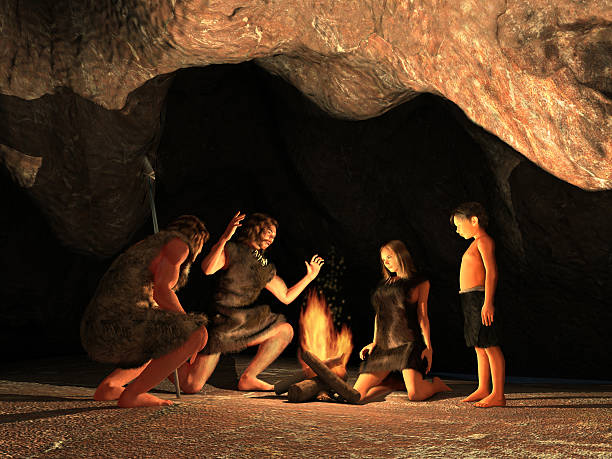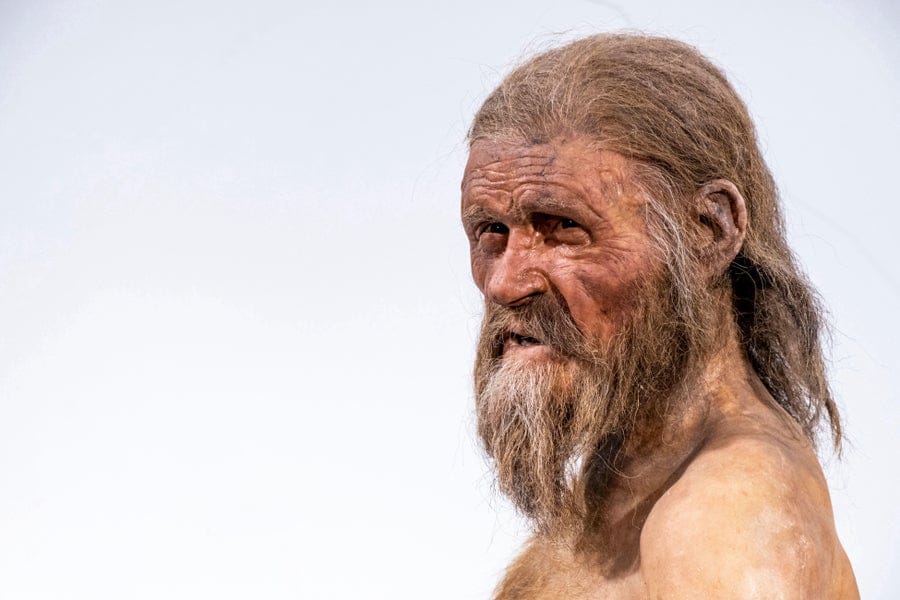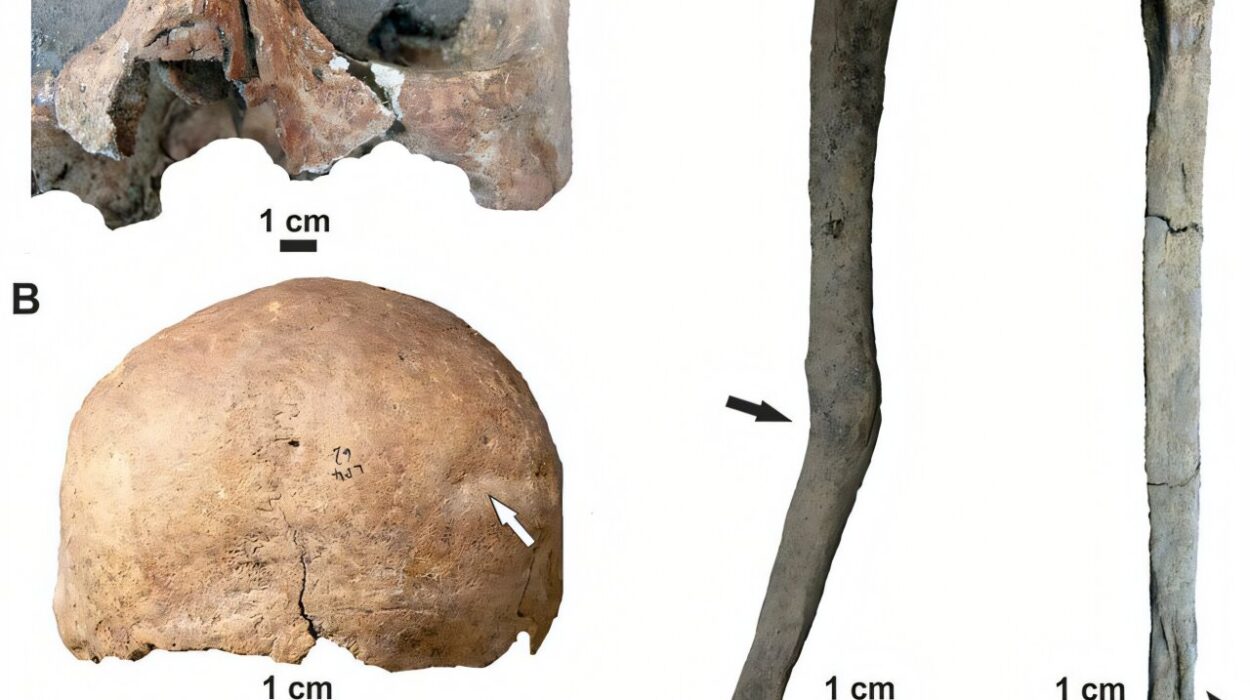There’s something undeniably alluring about the idea of ancient aliens. It tickles the imagination, crossing the boundaries of science fiction and archaeology, inviting us to reconsider everything we thought we knew about our distant past. The image of starships descending upon Egypt, of extraterrestrial engineers carving the stones of Machu Picchu or manipulating DNA to create humankind, is thrilling. It’s cinematic. It’s dramatic. And it’s everywhere—from bestselling books to prime-time television and endless internet rabbit holes.
But behind that shimmer of intrigue lies a tension: between storytelling and science, between speculation and evidence. And for archaeologists—the people who devote their lives to painstakingly piecing together humanity’s history—this tension is more than academic. It touches on how we value cultures, how we understand our ancestors, and how we distinguish wonder from myth.
So what do archaeologists really say about ancient aliens? The answer is as fascinating, nuanced, and deeply human as the civilizations themselves.
The Birth of a Theory—And a Global Obsession
The idea that aliens visited Earth in ancient times didn’t spring from stone tablets or secret scrolls. It was born in the mid-20th century, in an era drunk on the excitement of the Space Age. Rockets soared, Sputnik beeped over Earth’s orbit, and suddenly, the stars felt closer than ever. If we could explore the cosmos, perhaps others had explored us.
Writers like Erich von Däniken poured fuel on that fire. His 1968 book Chariots of the Gods? suggested that many of humanity’s greatest achievements—pyramids, megaliths, art, religion—couldn’t have been done without help from beyond the stars. He pointed to ancient texts with vague references to flying beings or glowing lights and asked: were these not primitive descriptions of advanced technology?
The idea caught fire. It gave a new kind of magic to history, a narrative in which humans were not alone. But von Däniken’s theories were not rooted in archaeology. They often ignored context, distorted facts, and leaped to conclusions without evidence. Still, they resonated with the public—and they still do.
The Pyramid Problem
Take the pyramids of Egypt, often at the center of the ancient aliens narrative. How could ancient people, supposedly without advanced tools or engineering knowledge, have constructed such enormous and precise monuments?
To archaeologists, this isn’t a mystery—it’s a marvel of human ingenuity. The Great Pyramid of Giza was built around 2560 BCE, during a time of centralized political power and incredible administrative coordination. The blocks, though massive, were quarried locally. Ramps, levers, and sheer manpower allowed for their placement. No lasers, no levitation.
What fuels the alien theory is a lack of familiarity with ancient construction techniques, combined with a modern bias that assumes complexity requires modern technology. But the ancients weren’t simple. They were brilliant, patient, and determined. The pyramids were the product of a society organized around the divine authority of the pharaoh and a deep spiritual motivation to build lasting tombs.
Insinuating that aliens must have helped is, in a way, an insult to that brilliance.
From Nazca to Stonehenge: Patterns in the Earth
The Nazca Lines of Peru are another favorite of alien enthusiasts. These enormous geoglyphs—depicting animals, geometric shapes, and strange humanoid figures—stretch across the desert and are most easily viewed from the air. Surely, the thinking goes, they must have been made for flying visitors.
But archaeologists have studied these lines for decades. They were created by removing the reddish topsoil to expose the lighter ground beneath. Their purpose? Still debated, but likely ritualistic or astronomical, not extraterrestrial. The people of Nazca had sophisticated knowledge of math, astronomy, and landscape. No alien instructions were needed.
Similarly, Stonehenge has drawn alien theories for years. Its towering stones, aligned with celestial events, seem beyond the capability of Neolithic humans. Yet extensive archaeological work has revealed not only how it was built—using timber sledges, ropes, and cooperation—but why: as a ceremonial site, burial ground, and possibly a solar calendar.
Mystery, again, is not the same as the unknown. The evidence is there—for those willing to dig.
The Problem of “Impossible” Achievements
A recurring theme in ancient alien claims is that certain feats in history were too advanced, too precise, or too massive to have been done by humans of the time. Whether it’s the 100-ton stones of Baalbek in Lebanon or the moai statues of Easter Island, the assumption is the same: ancient people just couldn’t have done it.
But archaeologists argue the opposite—not just with logic, but with excavation, experimentation, and analysis. The past few decades have seen researchers reproduce these feats using ancient methods. At Stonehenge, modern teams have moved multi-ton stones using only Stone Age tools. At Easter Island, people have demonstrated how the moai could “walk” upright using ropes and coordinated swaying, like a refrigerator being moved across a room.
These reconstructions don’t diminish the marvel of ancient achievements. If anything, they elevate them—showing what can be done with creativity, labor, and motivation. The ancient alien theory often underestimates human intelligence and overestimates our need for help.
The Danger of Erasing Cultures
What concerns many archaeologists most about the ancient aliens narrative isn’t just that it’s inaccurate—it’s that it’s culturally dismissive.
Most of the sites invoked by ancient alien theorists—Egyptian pyramids, Mayan temples, Inca fortresses, African monuments—come from non-European civilizations. The implication, intentional or not, is that these cultures were too “primitive” to have built their own wonders.
This attitude can border on racism. It feeds the myth that technological genius only comes from the West or that non-Western societies were inherently dependent on outside intervention. But these civilizations had their own scientific traditions, their own innovations in astronomy, medicine, engineering, and art.
Archaeology tells us that humanity’s intelligence is universal. Every culture, given time and need, has found extraordinary ways to thrive and to leave behind traces of that genius.
Texts, Myths, and Misinterpretations
Ancient texts are often cited as evidence for alien visitation. The Book of Ezekiel in the Bible describes a “wheel within a wheel” descending from the sky. Hindu epics speak of flying machines called vimanas. Sumerian carvings show beings with wings or helmets. Are these ancient memories of alien encounters?
To historians, the answer lies not in aliens, but in metaphor, symbolism, and cultural context. Religious and mythological texts were not written as scientific records. They were expressions of belief, wonder, and cosmology. A wheel of fire could symbolize divine power. A winged being might represent a god, not a space traveler.
Art and myth reflect human concerns, not necessarily literal events. They tell us how people understood their world—not that they saw it through the lens of modern sci-fi.
What the Evidence Really Says
Science thrives on evidence, and archaeology is no different. It’s a slow, rigorous process: digging, cataloging, analyzing, dating. The claims of ancient alien theorists often fail this test. They rarely provide primary sources, and when they do, they’re often misrepresented or misunderstood.
For instance, the famous sarcophagus lid of the Mayan king Pakal, often said to depict him in a spaceship, actually shows him descending into the underworld—following classic Mayan iconography. To Mayan scholars, it’s not a mystery. It’s deeply embedded in a religious tradition. The “rocket” is a stylized world tree, the “fire” beneath it a symbol of rebirth.
Science is open to the extraordinary—but only if the evidence supports it. And so far, despite decades of searching, there is no credible archaeological evidence of extraterrestrial contact in the ancient world.
No alien tools. No unfamiliar materials. No inscriptions that point to visitors from space. Just human artifacts, human writing, and human ingenuity.
The Real Mysteries That Matter
None of this is to say that the ancient world is dull. Quite the opposite. The more archaeologists uncover, the more fascinating our ancestors become.
They domesticated crops, crossed oceans, tracked the stars, built empires, and developed philosophies—all without GPS, power tools, or Wi-Fi. In the ruins of Çatalhöyük, the stones of Göbekli Tepe, the libraries of Nineveh, and the tombs of China’s First Emperor, we find not alien fingerprints but the echoes of our own species—brilliant, flawed, and endlessly creative.
The real mystery isn’t whether aliens helped us. It’s how we, alone, achieved so much.
Why the Myth Persists
So why does the idea of ancient aliens remain so popular? Part of it is psychological. Humans are storytelling creatures. We love myths that connect us to something bigger. Aliens provide a cosmic narrative—one that promises meaning, secrets, even salvation.
They also offer an easy answer to hard questions. Instead of learning the complex history of Mesopotamia or grappling with the engineering of Inca masonry, one can say, “aliens did it” and move on.
But the deeper allure may lie in hope. If they came before, perhaps they’ll come again. If they guided us once, perhaps they still are.
This yearning isn’t foolish. It’s profoundly human. But it shouldn’t blind us to the achievements of our own ancestors—or the power of the scientific method to tell their stories with truth and awe.
The Archaeologist’s Perspective
Ask an archaeologist about ancient aliens, and you’re likely to get a mix of frustration and fascination. Frustration because these theories undermine serious research. Fascination because they reveal something important—not about history, but about us.
They show how eager people are to connect the past with the cosmos, to make sense of the unknown, to find wonder in ruins and stars alike.
But archaeologists believe the truth is wondrous enough. They see the past not as a puzzle left by extraterrestrials, but as a mirror to the present—a record of humanity’s capacity for greatness, mistake, invention, and resilience.
And that record grows every year, not with UFO sightings, but with soil samples, radiocarbon dates, and carefully brushed bones.
Looking to the Stars—With Eyes Open
None of this is to say that extraterrestrial life is impossible. The universe is vast beyond comprehension. Billions of galaxies, trillions of planets—it would be arrogant to assume we’re alone.
But the leap from possible life elsewhere to ancient aliens on Earth requires evidence. Real, testable, repeatable evidence. Until that arrives, archaeology will continue doing what it does best: telling the human story, one fragment at a time.
And what a story it is.
From cave paintings in France to lost cities in the Amazon, from Siberian mammoth hunters to Polynesian navigators, humanity’s history is full of discoveries as staggering as any alien myth—except these are real.
Conclusion: Wonder Without Invention
In the end, the truth about ancient aliens says more about modern desires than ancient facts. It reveals our hunger for connection, for magic, for stories that bind Earth to the stars.
But science offers its own magic—a slower, steadier kind. It builds not castles in the sky, but bridges through time. It asks not what aliens did, but what humans dared.
And that, perhaps, is the most inspiring truth of all: that we are the authors of our own wonders, the architects of stone and sky, the children of Earth who dreamed the stars long before we reached them.
